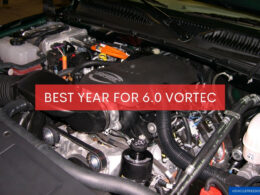In This Article Show
When you’ve spent over 13 years as a mechanic, you develop a keen sense for which cars really measure up – and which don’t. The Chevy Traverse, a notable name in the realm of midsize SUVs, has had its highs and lows, and I’ve witnessed a good chunk of its journey firsthand.
While I’m more accustomed to sharing insights over an engine bay than on a blog post, my dual role as a mechanic and a writer has given me a unique perspective. Today, I’m here to spill the beans – not engine oil – about the Traverse.
Which years are golden and which might have you revisiting folks like me more often than you’d like? Let’s dive in and find out.
Origins Of The Chevy Traverser
Spanning back to 2009, the Chevy Traverse made its grand entrance into the automotive world as a replacement for several of Chevrolet’s SUVs and minivans, aiming to combine the best of both worlds.
Born in an era where families were seeking more space without compromising on style, Chevrolet hit a home run by crafting an SUV that was both aesthetically pleasing and immensely practical.
My experience as a mechanic have given me a front-row seat to witness vehicles evolve, and the Traverse is no exception. I’ve seen its first model roll into garages, brand new and glistening, and I’ve watched subsequent models adapt and change to cater to consumer feedback and technological advancements.
Over the years, Chevrolet’s dedication to making the Traverse a reliable family SUV has remained evident. From its spacious three-row seating, which made road trips more accommodating, to its sleek exterior that didn’t scream “stereotypical family car,” the Traverse managed to capture the hearts of many.
But like all vehicles, while some model years of the Traverse stand as a testament to Chevrolet’s craftsmanship, others posed challenges that kept mechanics like me on our toes. As we delve further into the best and worst years of the Traverse, it’s essential to understand its roots, which were firmly grounded in a blend of style, function, and adaptability.
Factors Considered in Our Analysis
Before we dive into the specifics about which years of the Chevy Traverse shine and which might leave you with some reservations, it’s essential to understand the criteria that fuel our analysis. My experiences and writing endeavors have steered me towards a systematic approach. Let’s break down the pivotal factors that we’ve factored in:
1. Reliability Ratings
One of the most crucial elements is Reliability Ratings. I’ve always believed that a car’s primary duty is to be reliable. To assess this, we’ve referred to data from trusted industry sources, such as J.D. Power and Consumer Reports, which offer insights based on rigorous testing and consumer feedback.
2. Consumer Reviews and Feedback
Beyond the professional evaluations, there’s a wealth of knowledge in the experiences of everyday drivers. Hearing out the praises and grievances of Traverse owners gives us a holistic understanding of real-world performance.
3. Recall Data and Safety Concerns
No matter how well a car drives, safety remains paramount. Through my years in the garage, I’ve encountered models with minor recalls, some minor, others not. We’ve delved into official recall databases to identify potential red flags in various Traverse models.
4. Overall Performance and Value for Money
A vehicle isn’t just about getting from point A to B. It’s about how it feels during the journey, its fuel efficiency, and if it delivers bang for your buck. Drawing from performance tests and cost analyses, we gauge if the Traverse’s price tag aligns with its offering.
Our analysis is a blend of empirical data, real-world experiences, and hands-on knowledge. With these components at play, we aim to guide you towards making an informed decision about the Chevy Traverse – helping you identify its stars and sidestep its stumbles.
Best Years for the Chevy Traverse
To ensure you’re equipped with the best knowledge, let’s spotlight the years where the Traverse truly stood out:
2018 Chevy Traverse
A noteworthy year for several reasons. This year marked a complete redesign for the Traverse, embracing a more modern look and a slew of new tech features.
Improved fuel efficiency, a robust V6 engine, and an enhanced infotainment system placed this year’s model at the top of many lists. Plus, its spacious interior and enhanced safety features quickly became a favorite among families.
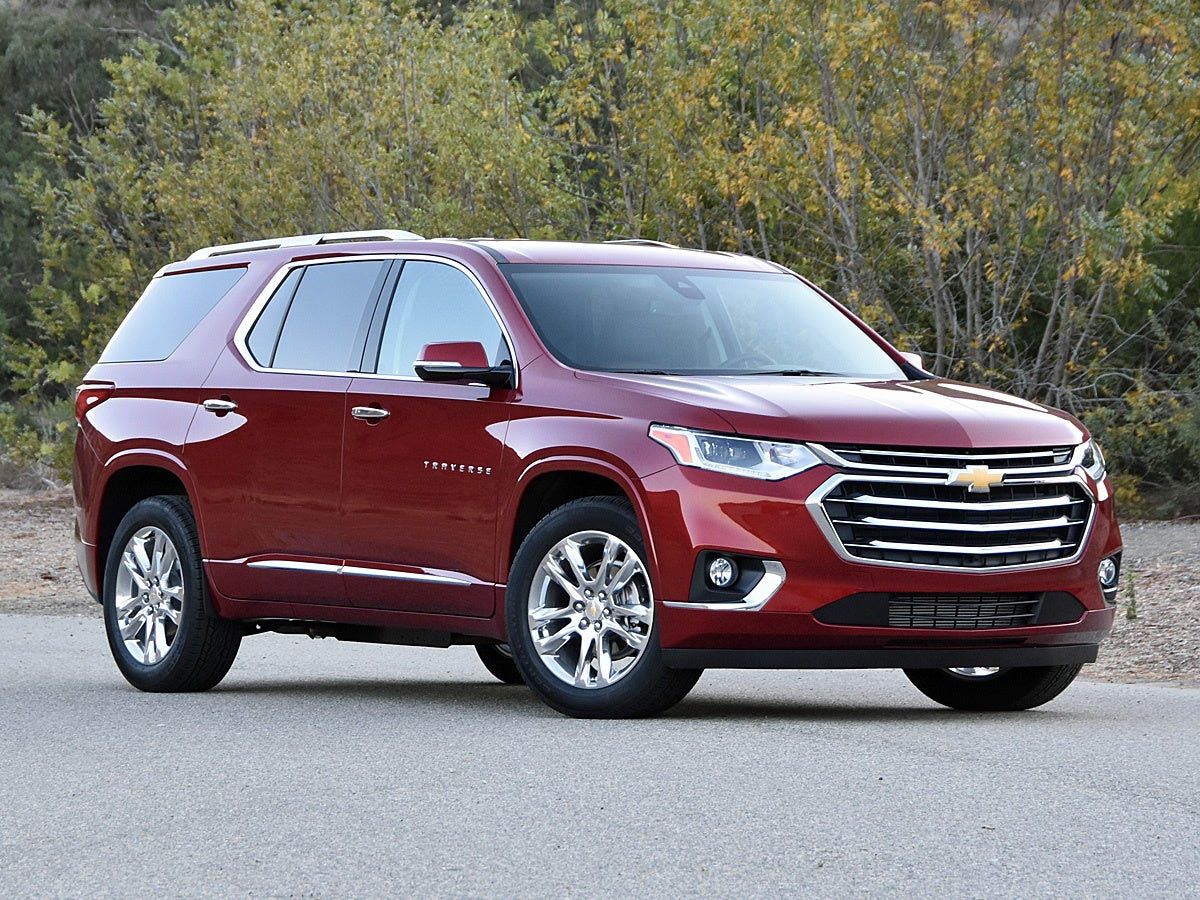
Complete Redesign
This year was a game-changer for the Traverse. Chevrolet decided on a complete overhaul, resulting in a more contemporary and striking appearance that appealed to a younger demographic.
Engine and Performance
The introduction of a robust V6 engine meant that drivers could enjoy a seamless blend of power and efficiency. Its performance on highways and city roads garnered positive feedback.
Tech Advancements
An upgraded infotainment system with Android Auto and Apple CarPlay became a highlight. Add to this a more intuitive navigation system and enhanced connectivity features, and you have a tech lover’s dream.
Interior and Comfort
The spaciousness was retained, but with an added layer of luxury. Enhanced legroom, more cargo space, and high-quality materials used for seats made long drives a joy.
2015 Chevy Traverse
While not as decked out in tech as the 2018 model, the 2015 Traverse boasted commendable reliability. With minimal complaints and a proven track record of longevity, this model year established itself as a solid, dependable choice for those prioritizing long-term use.
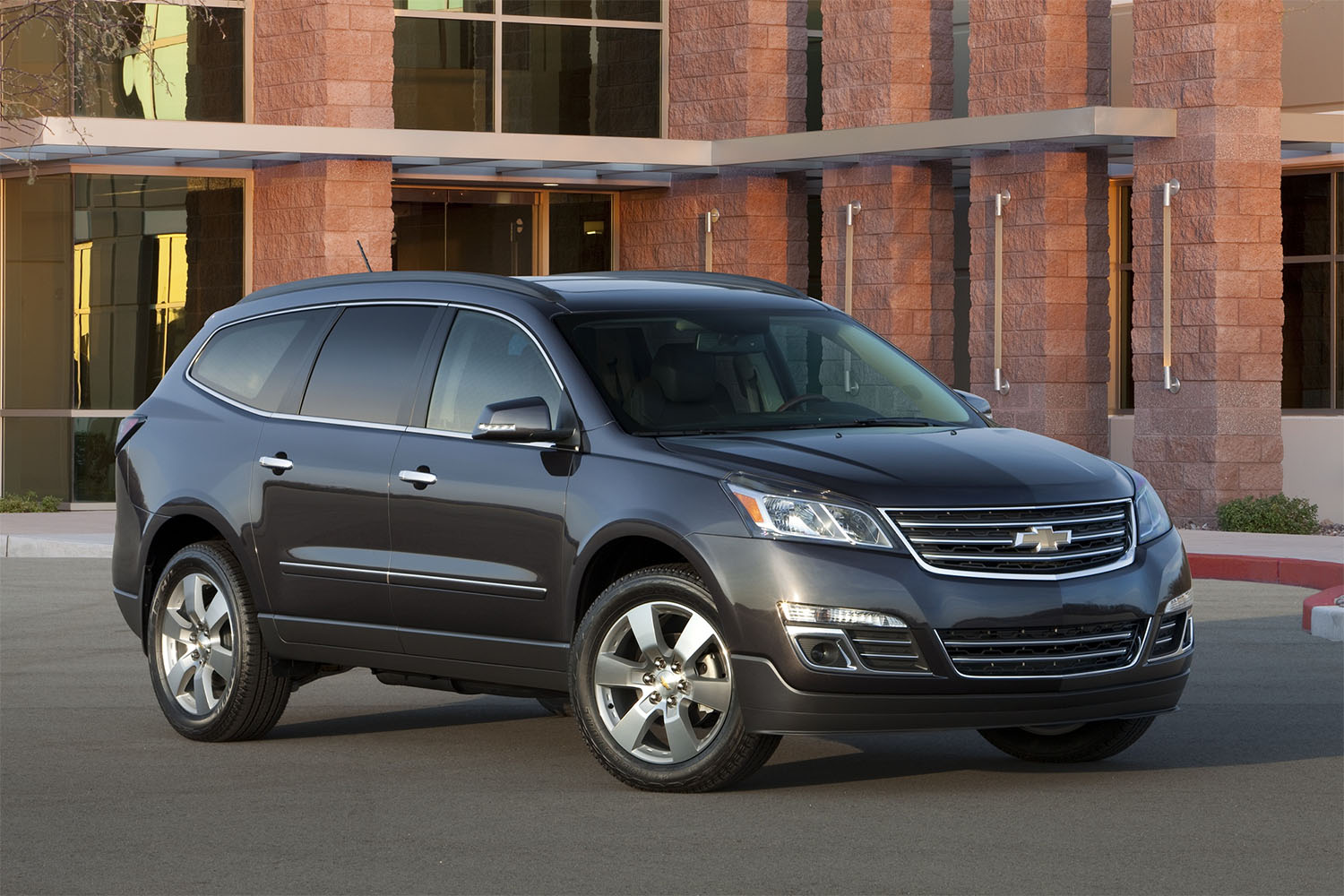
Reliability
This year stands as a testament to the Traverse’s potential for longevity. With minimal hiccups and issues reported, it’s a beacon of reliability in the lineup.
Safety Features
Equipped with an array of safety features, including forward collision alert and lane departure warning, it prioritized passenger safety, earning commendable scores in safety tests.
Fuel Efficiency
This model proved to be efficient for families and individuals keen on saving at the pump, boasting competitive miles-per-gallon figures in its class.
Consumer Feedback
A significant chunk of Traverse owners from this year reported a satisfying ownership experience, praising its comfort and drive quality.
2020 Chevy Traverse
Building upon the foundation of the 2018 redesign, the 2020 model introduced additional driver-assistance features and an even more refined driving experience.
Its spacious cabin, combined with a user-friendly infotainment system and a dependable powertrain, made it a top pick for many.
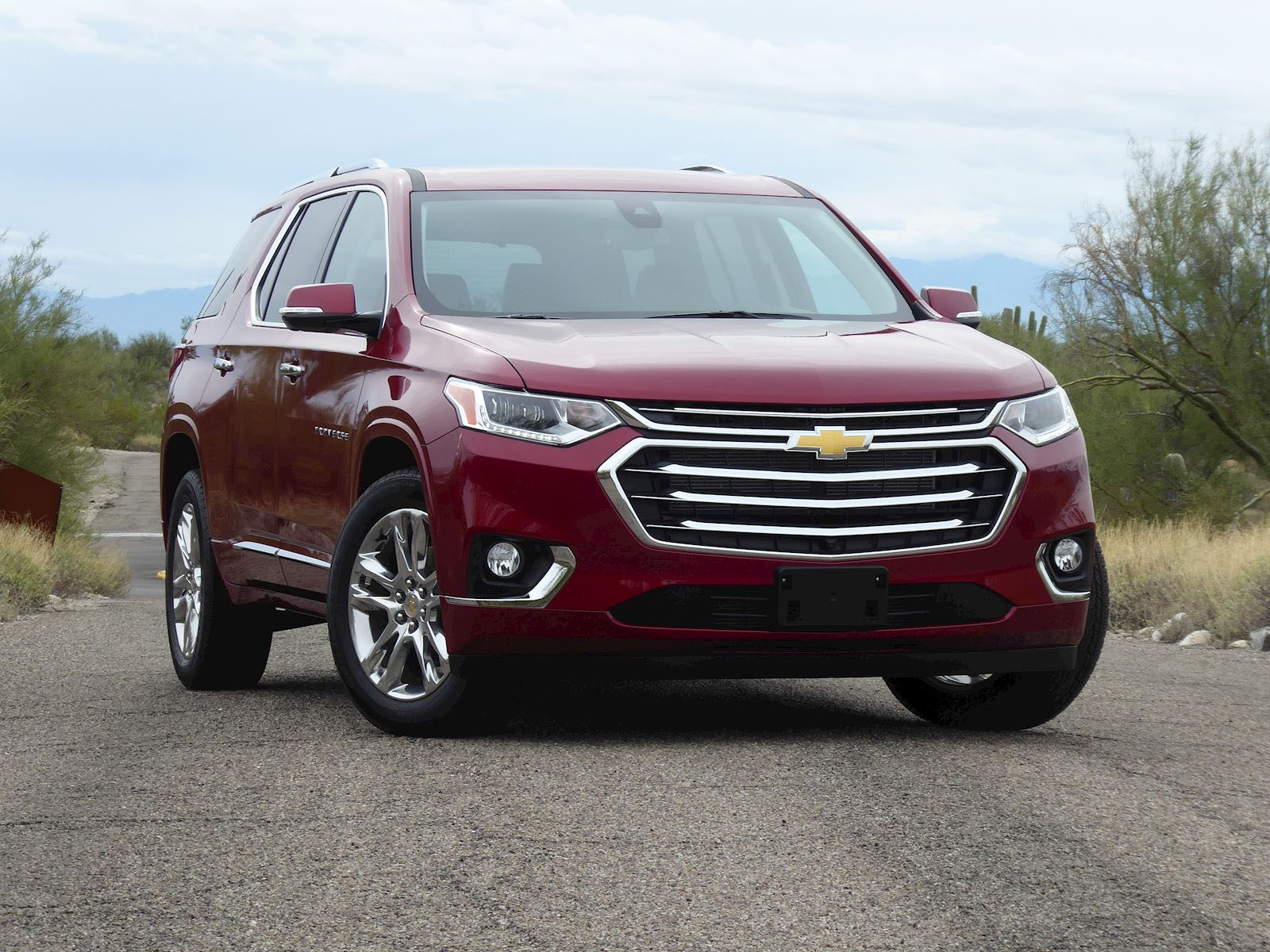
Driver-Assistance Galore
Building on the 2018 model, Chevrolet introduced even more driver-assistance features in 2020. Adaptive cruise control, automatic emergency braking, and high-definition surround-view camera are just a few mentions.
Refined Driving Experience
Handling and maneuverability saw improvements, making it a favorite for those who wanted SUV capabilities without a truck-like driving feel.
Infotainment Upgrades
The already impressive infotainment system got further tweaks, making it faster and more responsive, a detail that tech-savvy users were quick to appreciate.
Aesthetic Additions
Subtle changes to the exterior, like redesigned headlights and a bolder grille, gave it a fresh and modern look, making it turn heads even more.
While each year of the Traverse has its unique offerings, these years, in particular, managed to push the boundaries in terms of functionality, design, and overall driving pleasure. If you’re considering getting a used Chevy Traverse, these standout years should definitely be on your radar.
Chevy Traverse Years to Avoid
While the Chevy Traverse has had its moments of brilliance, like any vehicle, there have been years where it missed the mark. It’s only fair and practical for prospective buyers to be informed about these less stellar years.
After an in-depth analysis, let’s delve into the Traverse years that have had more than their fair share of challenges:
2010 Chevy Traverse
Engine Issues
One of the most pressing concerns was related to premature engine failure. Several users reported the need for engine replacements, a hefty cost for any car owner.
Transmission Problems
Sluggish responses, difficulty in shifting, and some cases of complete transmission failure made this year’s model a significant risk.
Recall Episodes
This model year witnessed recalls related to parking brake effectiveness and potential seatbelt malfunctions—both critical safety features.
Consumer Feedback
The general consensus was one of disappointment, with many Traverse owners citing unexpected repair costs and frequent garage visits.
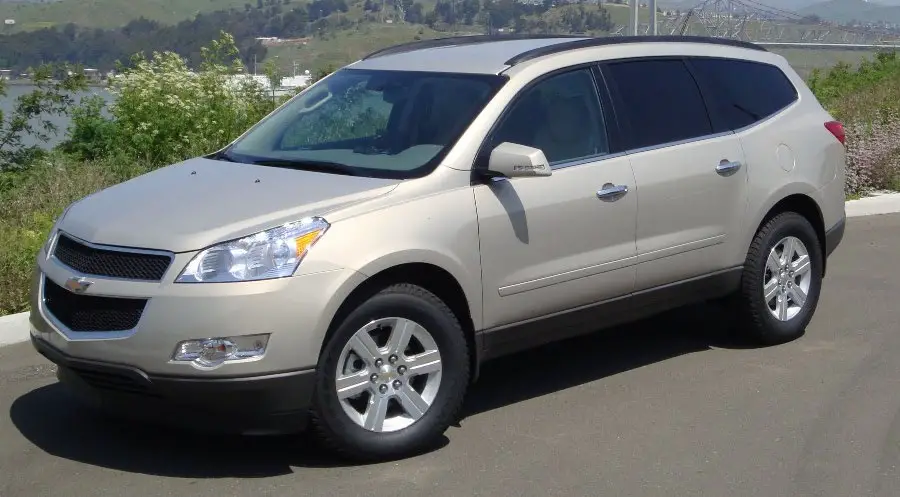
2011 Chevy Traverse
Two years into its journey, the 2011 Traverse aimed to address the infancy challenges faced by its predecessor. Boasting improved features, this year’s model sought to consolidate its position but wasn’t without its own set of concerns.
Oil Consumption
A prominent issue in this year was the excessive consumption of oil, leading to concerns about engine longevity and increased maintenance costs.
AC and Heating
There were widespread complaints about the inefficiency of the AC and heating system, especially in extreme weather conditions, making for uncomfortable rides.
Power Steering Concerns
Difficulty in steering, especially at lower speeds, was a recurring grievance. This made city driving a tad more challenging.
Consumer Reports
Many Traverse owners from this year echoed similar frustrations, especially when the issues started popping up shortly after the warranty period.
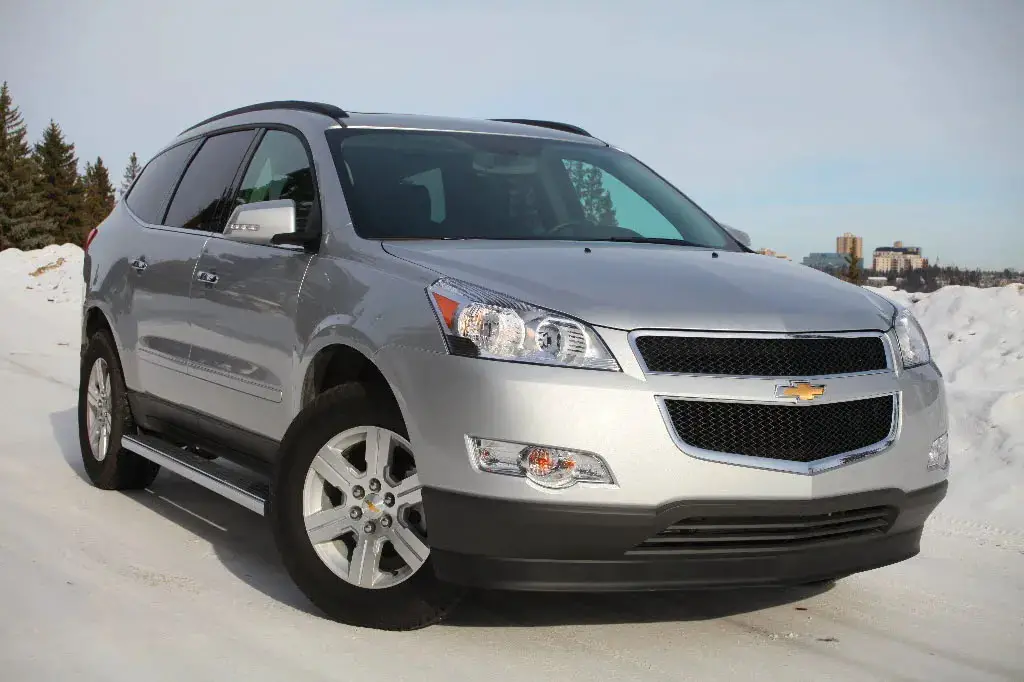
2013 Chevy Traverse
By 2013, the Chevy Traverse had already established itself as a mainstay in Chevrolet’s lineup. This year brought significant design tweaks and technology upgrades, but it also came with its unique set of challenges that potential buyers needed to be aware of.
Electrical Glitches
This year’s model faced numerous electrical issues. Problems ranged from faulty ignition switches to inconsistent performance of the infotainment system.
Airbag Safety
There were instances where airbags did not deploy in the event of a collision, raising significant safety concerns.
Fuel System
Some owners reported issues with the fuel pump, leading to reduced fuel efficiency and, in some cases, engine stalling.
Owner Feedback
A common sentiment among 2013 Traverse owners was the unpredictability of the vehicle. While some had a smooth experience, others felt they had drawn the short straw, grappling with multiple issues.
While it’s essential to understand that no car model is without its quirks and challenges, these particular years of the Chevy Traverse posed more significant risks. If you’re on the hunt for a used Traverse, being wary of these years could save you potential future headaches and unforeseen expenses.
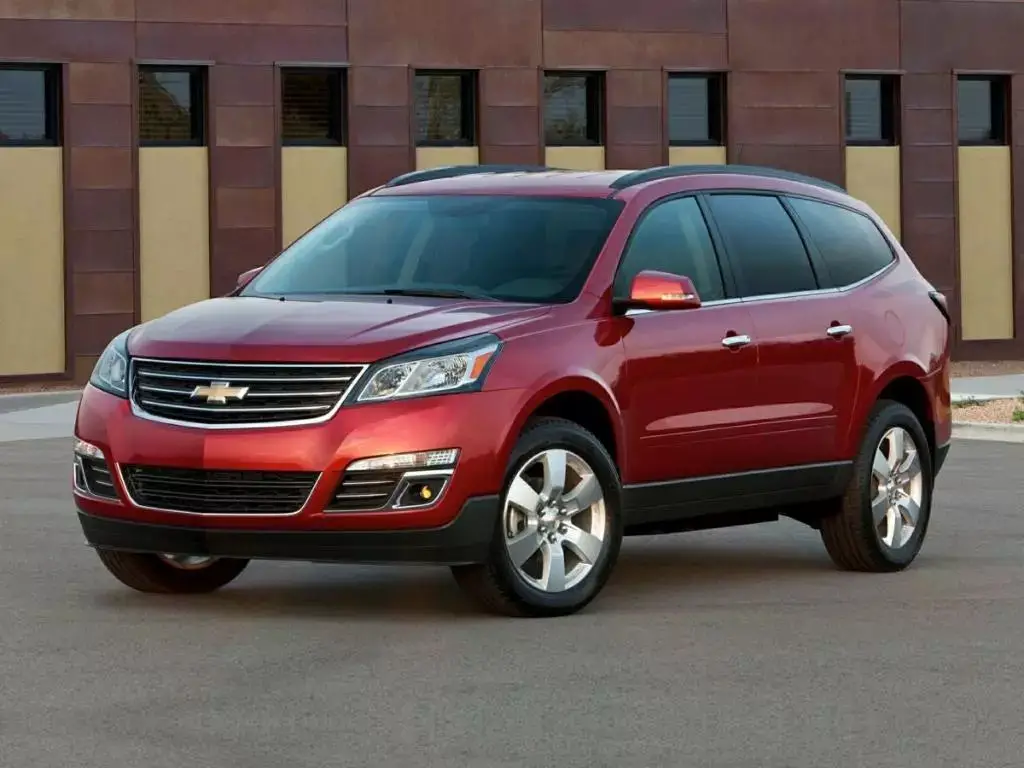
How Chevy Has Addressed Concerns in Recent Models
It’s a mark of a progressive automaker when they recognize issues in their models and actively address them in subsequent releases. With its longstanding reputation in the industry, Chevrolet has shown this adaptive quality with the Traverse.
Let’s examine how Chevy has proactively tackled the concerns raised in earlier models:
Engine and Transmission Improvements
Enhanced Durability
Recognizing the concerns from the 2010 and 2011 models, Chevrolet undertook significant improvements to enhance engine longevity, using more durable materials and updated manufacturing processes.
Transmission Refinements
Chevy introduced more responsive and reliable transmission systems, ensuring smoother gear shifts and reducing the occurrence of issues seen in earlier models.
Upgraded Infotainment System
Bug Fixes
The glitches and inconsistencies in the 2013 model’s infotainment system did not go unnoticed. Chevrolet rolled out software updates and introduced a more stable and intuitive infotainment system in later models.
User Experience
Touchscreen responsiveness, clearer displays, and a more intuitive user interface became standard, making for an enriched driving experience.
Safety Upgrades
Advanced Airbag Systems
Taking the airbag deployment concerns seriously, Chevrolet incorporated advanced sensors and reinforced the airbag system to ensure timely and effective deployment during collisions.
Additional Safety Features
Addressing safety holistically, Chevy introduced features such as blind-spot monitoring, lane-keep assist, and rear cross-traffic alert, adding layers of safety to their newer models.
Improved HVAC Systems
Efficient Performance
The AC and heating concerns from the 2011 model were addressed with a more efficient HVAC system, ensuring consistent performance in various climatic conditions.
Enhanced Cabin Comfort
The improved system allowed for quicker cabin temperature regulation, be it cooling down on hot days or warming up in colder climates.
Addressing Fuel System Issues
Optimized Fuel Pump
Chevrolet took steps to rectify the fuel pump issues seen in the 2013 model, leading to better fuel efficiency and reduced engine stalling chances.
Regular Inspections
Emphasizing the importance of fuel system health, Chevrolet also stressed regular check-ups and provided clearer maintenance guidelines for owners.
Recognizing challenges and promptly addressing them is what sets an automaker apart. Chevrolet’s commitment to refining and enhancing the Traverse over the years is evident in how they’ve taken feedback from mechanics and owners and implemented improvements. This proactive approach has been instrumental in restoring and solidifying the Traverse’s reputation as a reliable family SUV.
What to Look for When Buying a Used Chevy Traverse
Purchasing a used vehicle can often feel like navigating a maze, especially if you’re not armed with the right information. While impressive overall, the Chevy Traverse has its specific quirks across different years. If you’re considering acquiring a used Traverse, here’s a checklist to ensure you’re making an informed decision:
Service and Maintenance Records
History Check
Always ask for the car’s maintenance history. A well-maintained vehicle with regular servicing often suggests that the previous owner was diligent, potentially indicating fewer future problems.
Recall Repairs
Ensure that any recalls the car was subjected to have been addressed. This is particularly crucial for models like the 2010 Traverse, which had a few recall episodes.
Engine Health
Oil Consumption
Given the concerns in the 2011 model, check for any signs of excessive oil consumption, such as unusually low oil levels between changes.
Smooth Operation
Listen to the engine during a test drive. It should run smoothly without any knocking or stuttering sounds.
Transmission Performance
Smooth Shifting
During the test drive, pay attention to how the car shifts between gears. Hesitations or jolts can be a red flag, indicative of potential transmission issues.
Responsive Handling
The car should respond swiftly to accelerator and brake inputs without any lag.
Electrical Systems
Infotainment Operation
Test the infotainment system thoroughly. Ensure features like Bluetooth, navigation, and touchscreen functions operate without glitches.
All Lights
Check all exterior and interior lights, including turn signals, brake lights, and dashboard illumination, to ensure they’re functioning correctly.
HVAC Efficiency
Air Conditioning and Heating
Given the concerns from certain years, make sure the heating and cooling systems work effectively and adjust cabin temperature quickly.
Inspect Tires and Suspension
Tire Wear
Uneven tire wear can indicate alignment or suspension issues. Ensure the tires have been rotated regularly and check their overall condition.
Pay attention to how the car handles bumps and uneven roads during the test drive. Any unusual noises or excessive bouncing can suggest suspension problems.
Safety Features
Airbag System
For models like the 2013 Traverse, which had concerns about airbag deployment, it might be worth getting a professional inspection to ensure the airbag system is functioning as it should.
Braking System
The brakes should be responsive and free from any grinding or squeaking sounds.
Interior and Exterior Inspection
Body Condition
Check for any signs of rust, dents, or repairs. Consistent paint finish across the car can indicate no major accidents.
Cabin Inspection
Examine the upholstery for excessive wear and tear, ensuring all electronic seat adjustments, if present, are working correctly.
Armed with this checklist, you’ll be better prepared to identify any potential issues and make a more informed decision. Consulting with a trusted mechanic before finalizing your purchase can provide added peace of mind.
Conclusion
Buying a car, whether new or used, is no small decision. It’s a blend of practicality, emotion, and investment, wrapped in metal, rubber, and innovation. With its impressive lineage, the Chevy Traverse offers a compelling choice for those in the market for a reliable family SUV. However, as with any vehicle, it has its peaks and valleys.
Throughout this guide, we’ve journeyed together through the highs and lows of the Traverse’s history. From its origin, to its standout years, and even the years that posed challenges. But it’s worth noting that Chevrolet is committed to quality and has consistently striven to improve, addressing concerns in subsequent models.
If you’re considering a Chevy Traverse, you’re now equipped with comprehensive knowledge to make a discerning choice. Remember, every car has its story, and with due diligence, you can ensure yours has a happy ending.










